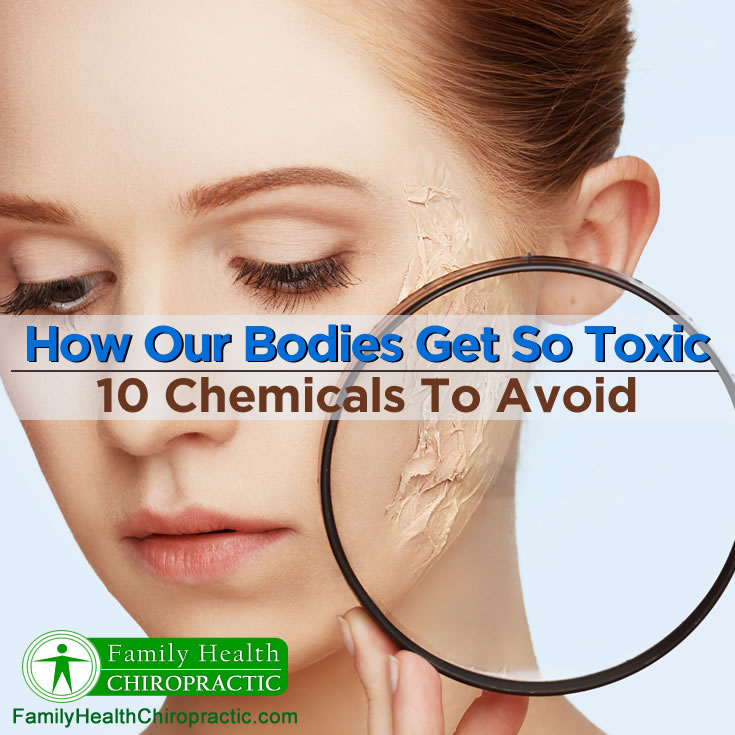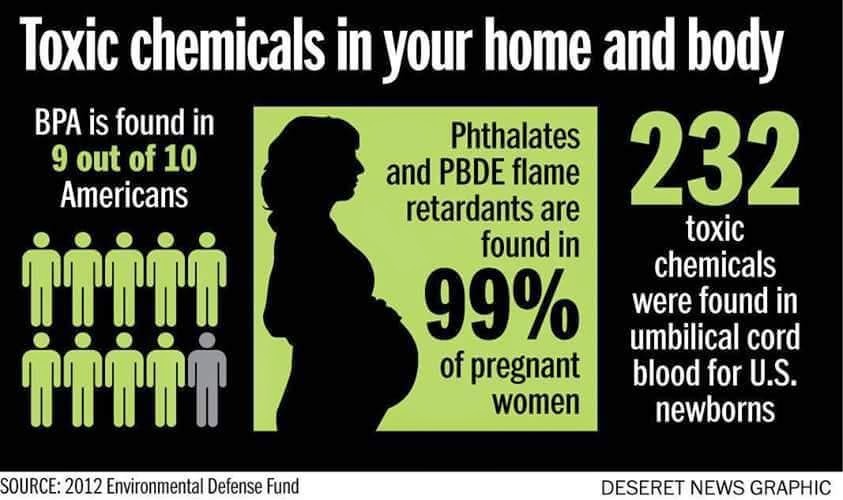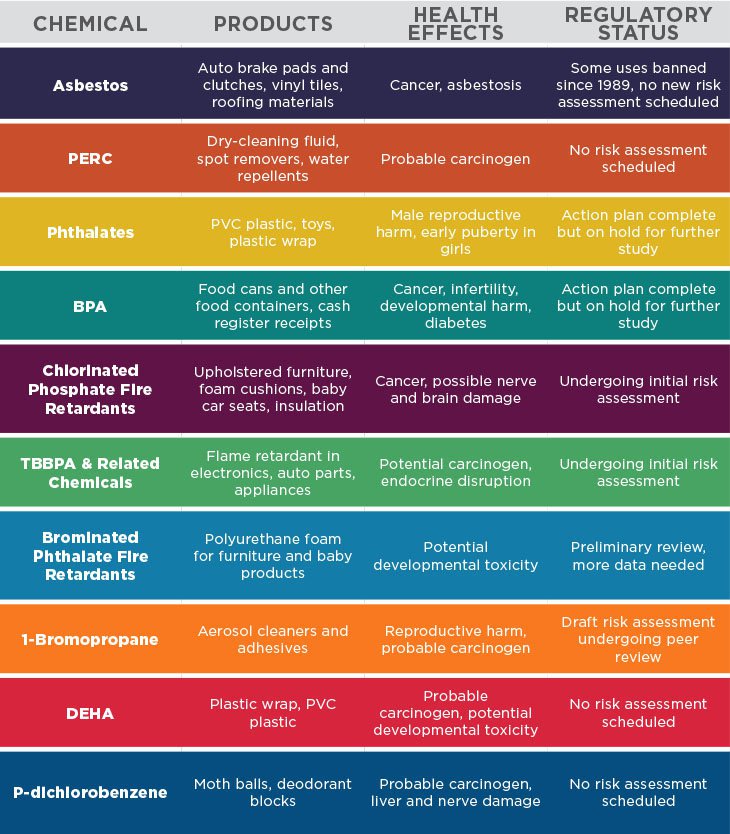In my last article I discussed what organs are responsible for detoxing your body. My goal was to shed light on the fact that the human body is designed to detox. But just like our cars, swimming pools, and air conditioners, we also need to flush the filters that do all the work. Otherwise, they too become clogged, toxins begin to accumulate and we become sick.
Detoxification programs have become a huge business and yes, there is a bunch of junk out there. This is partly why so many doctors claim that such programs are nonsense. I agree with them; to an extent.
Detoxing is not simply taking a few pills or downing some shakes for 7 to 14 days. When you hear the word “detox,” you might think juicing or eliminating junk food or even wheatgrass enemas. That’s not what I am talking about.
When I say “Detox” I am referring to the science of how our bodies get rid of waste. The reason for following a detox plan is simple: If waste builds up, you get fat, sick and even a little crazy. The key becomes figuring out how to enhance your body’s capacity to detoxify and get rid of waste while minimizing your exposure to toxins.
HOW YOUR BODY BECOMES TOXIC
Stop and consider the facts.
- We are exposed to 6 million pounds of mercury and 2.5 billion pounds of other toxic chemicals each and every year (1).
- Since World War II, 80,000 toxic chemicals have been released into our environment, and very few have been tested for their long-term impact on human health (2).
- This exposure comes in many forms –which are used in an astonishing variety of products, from gasoline, medicines, glues, plastics and pesticides to cosmetics, cleaning products, electronics, fabrics, and food. Scientific evidence is continuing to build demonstrating exposures to synthetic chemicals in the modern environment are important causes of disease (3, 4).
- Nearly 3,000 chemicals are high-production-volume (HPV) chemicals. They are produced each year in quantities of greater than one million pounds. HPV chemicals are used extensively in our homes, schools, and communities. They are widely dispersed in our air, drinking water, soil, and waste sites (5).
- Over 4 billion pounds of toxic chemicals are released by industry into the nation's environment each year, including 72 million pounds of recognized carcinogens. Of the top 20 chemicals discharged to the environment, nearly 75% are known or suspected to be toxic to the developing human brain (6).
Anyone interested in studying environmental biology would quickly find that the world we live in today, is fundamentally different than the world just 50 years ago.
WHY ARE THESE CHEMICALS SO HARMFUL?
- Easy absorption. Synthetic chemicals can enter our bodies by ingestion, inhalation, or through the skin. Infants are at risk of exposure in the womb or through breast milk. According to the Centers for Disease Control and Prevention (CDC), more than 200 high-volume synthetic chemicals can be found in the bodies of nearly all Americans, including newborn infants. Of the top 20 chemicals discharged to the environment, nearly 75 percent are known or suspected to be toxic to the developing human brain.
- Mass production. Nearly 3,000 chemicals are high-production-volume (HPV) chemicals. Produced in quantities of more than 1 million pounds, HPV chemicals are used extensively in our homes, schools and communities. They are widely dispersed in air, water, soil and waste sites. Over 4 billion pounds of toxic chemicals are released into the nation's environment each year, including 72 million pounds of recognized carcinogens.
- Too little testing. Only a fraction of HPV chemicals have been tested for toxicity. Fewer than 20 percent have been studied for their capacity to interfere with children's development. This failure to assess chemicals for their possible hazards represents a grave lapse of stewardship by the chemical industry and by the federal government.
- Heavy use of pesticides. More than 1.2 million pounds of pesticides — many of them toxic to the brain and nervous system — are applied in the United States each year. These chemical pesticides are used on lawns and gardens, and inside homes, schools, day-care centers and hospitals. The United States has 1.3 percent of the world’s population but uses 24 percent of the world’s total pesticides. (4)
HOW CAN WE NOT BE AFFECTED BY THE MASSIVE AMOUNT OF TOXINS
Here’s a typical scenario of how you get toxic.
You wake up, take a shower with your plastic shower curtain, use shampoo, body wash, soap and conditioners loaded with parabens and other chemicals you’ve likely never investigated but are known to disrupt vital biological processes. You get out of the shower, brush your teeth with toothpaste made from more chemicals, put on deodorant that’s an antiperspirant (which stops you from sweating or releasing toxins), splatter on lotion or some other personal cosmetic that yes… is loaded with toxic chemicals.
For the ladies, you put on your make-up (containing pore blocking agents, heavy metals and plastics). Gentleman, if you shave daily, your shaving cream and aftershave is loaded with all kinds of carcinogens.
At this point, you’ve exposed yourself to over 40 different chemicals that are likely toxic and dangerous. We haven’t even gotten to breakfast! I could go on and on about the day; but you get the picture. You’ve only been awake for 20 minutes and the toxic load you are exposed to is overbearing.
That, in its simplest terms- is how we become toxic. This is how cancer and all the other neurological, autoimmune or inflammatory diseases start. When our detox systems (the organs I wrote about last week) are compromised in any way- detoxification becomes less and less efficient and over time illness sets in.
What I think is so sad about all of this is that NO ONE knows. NO ONE.
Toxic chemicals in consumer products, our food and our environment affect the health of our bodies differently and it’s all based on the condition of our body’s detoxification system, which is why it’s vital to keep yourself incredibly healthy so that you don’t become overloaded with toxins.
TEN TOXINS TO WATCH OUT FOR
Americans are exposed daily to thousands of chemicals from consumer cosmetic products. But of the tens of thousands of chemicals on the market, most of which have never been tested, which ones should you look out for?
According to the EWG or Environmental Work Group, there is a “high priority” chemical list that the EPA should act on quickly. It includes chemicals in products that we use every day including: detergents, household cleaners, clothes, mattresses, furniture, toys and even kid’s jewelry.
Here are the 10 chemicals that the EWG urges the EPA to thoroughly review and regulate as soon as possible:
- Asbestos – this cancer causing substance is still found in brake pads, clutches, vinyl tiles and roofing materials. While some uses have been banned since 1989, no new risk assessment is scheduled.
- PERC – this probably carcinogen appears in dry-cleaning fluid, spot removers and water repellants.
- Phthalates – these chemicals are linked to early puberty in girls and other reproductive harms. They show up in PVC plastic, toys and plastic wrap.
- BPA – this carcinogen is linked to infertility, developmental risks and diabetes. BPA is used in food cans and other food, containers, as well as cash register receipts.
- Chlorinated Phosphate Fire Retardants – these chemicals turn up in upholstered furniture, foam cushions, baby car seats and insulation. They are linked to nerve damage and brain damage.
- TBBPA and related chemicals – this potential carcinogen and endocrine disruptor is seen in electronics, auto parts and appliances.
- Brominated Phthalate Fire Retardants – These chemicals are linked to developmental toxicity, and appear in polyurethane foam for furniture and baby products.
- 1-Bromopropane – This carcinogen is found in aerosol cleaners and adhesives and is linked to reproductive harm.
- P-dichlorobenzene – This carcinogen is found in moth balls and deodorants. It’s linked to liver and nerve damage.
- DEHA – This carcinogen is found in plastic wrap and PVC plastic. It is also linked to developmental toxicity.
Of course there are literally thousands of other chemicals you should pay attention to. But the 10 I just listed are an absolute if you’re interested in health and disease prevention. The simple truth is that we are living in a sea of toxins and it is destroying our bodies and brains.
If anyone tells you that detoxing is a “myth” or if you know someone who needs help or guidance on how to detox properly, please share this post with them!
Now… I’d like to hear from you.
Did this information help you to understand more about Detoxing?
Do you or someone you know need to Detox??
Share your opinion in the comments or email me!
If You Like What You Read, Click Here For Weekly Updates





